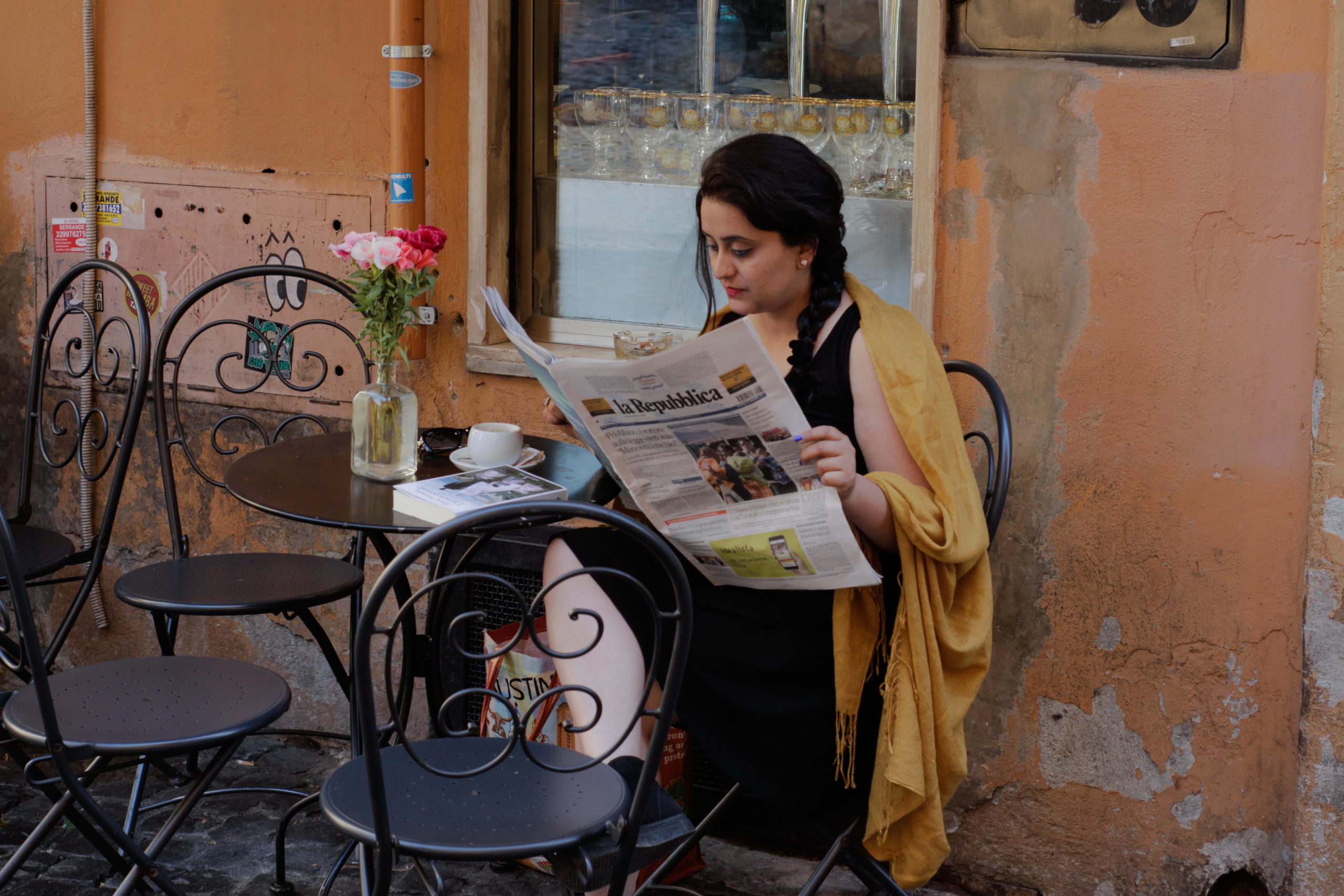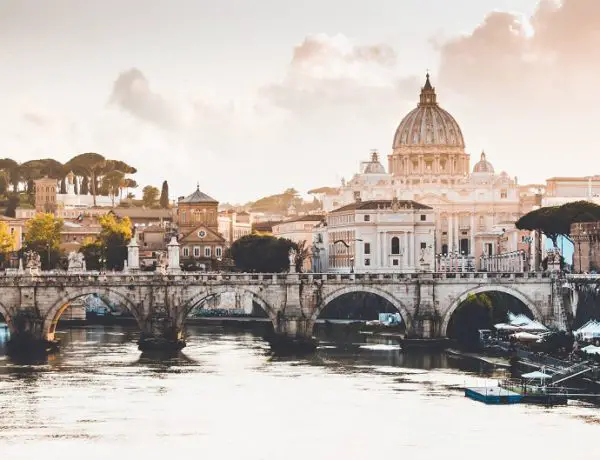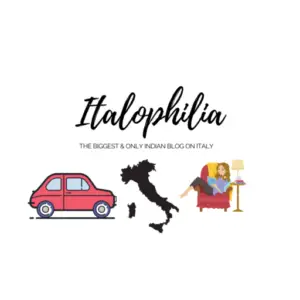Everyone visits the Tuscan towns of Florence, Siena, Pienza, Lucca and Chianti but very few venture to the city of Arezzo and it’s surrounding areas. Arezzo is one of the hidden and lesser known parts of Tuscany that people don’t travel to. It is the area where the Arno and Tiber rivers were born. Debora Bresciani, a tour guide from the city, shares about her hometown with these 5 Facts about the Tuscan City of Arezzo.
5 Facts about the Tuscan City of Arezzo
1. Arezzo is the hometown of the greatest artists and sculptors:
Artists such as Masaccio, Francesco Petrarca, Michelangelo, Piero della Francesca, Luca Signorelli, Andrea Sansovino, Pietro da Cortona ( born as Pietro Berrettini) all came from Arezzo and it’s province. Furthermore, the futurist Gino Severini, inventor Guido Monaco and the painter Giorgio Vasari also hail from the city.
2. Arezzo hosts Italy’s largest Antique Fair Market:
Another interesting fact about this Tuscan city is that it is home to Italy’s first and largest ever Antique Fair Market. Started in 1968 thanks to Ivan Bruschi, an antiquarian from Arezzo, the market takes place in Piazza Grande. One can get everything under the sun in this grand exhibit. For instance, antique furniture, old books, jewelry, watches, lace, needle, crockery, prints, modern and vintage objects etc!
So what are you waiting for??! Add it to your Italy bucket list 🙂
3. The city is popular for the medieval “Giostra del Saracino”:
Arezzo hosts the medieval historical re-enactment of “Giostra del Saracino” in Piazza Grande twice a year. This medieval game takes place on the third Saturday of June and first Sunday of September. It is an event participated by the four districts of the city divided into different colors:
- Porta Crucifera or Culcitrone
- Porta del Foro or Porta San Lorentino
- Porta Sant’Andrea
- Porta Santo Spirito
This is a re-enactment that excites the city of Arezzo with music and colors.
In addition, there is tons of food and wine, especially the well known Tuscan meat “Chianina”. Along with this famous meat, Sirah wine, red Chianti of Arezzo and Vinsanto are available too. These typical dishes are part of every restaurant and trattoria during the time.
4. Cathedral of Arezzo was built from 1278-1511:
On a visit to Arezzo, one can admire the Cathedral of Arezzo, which began construction in 1278 and finished in 1511. It’s facade was built between 1901-1914. The interior of the cathedral is in Gothic style with beautiful Renaissance stained glass windows by Guillaume de Marcillat (a French artist who lived in Arezzo).
Additionally, Arezzo is also famous because of the fresco of “Santa Maria Maddalena”, one of the most beautiful figures was painted by Piero della Francesca.
In the large Lady Chapel (Cappella della Madonna del Conforto) which was added in the Cathedral in 1796 after a big earthquake, one can admire terracotta works by Andrea della Robbia including a painting of Judith by Pietro Benvenuti.
5. “La Vita e` Bella” was shot in Piazza Grande:
Another very interesting fact about the city of Arezzo is it’s sloping “Piazza Grande” got famous worldwide for being the set of the film “La Vita è Bella” (Life is Beautiful).
It is in this gorgeous piazza where there is much to explore- from restaurants, Bars and wineries to medieval shops and towers. Definitely worth a visit!
Thanks to Debora Bresciani for this guest post. Debora encourages travelers to see Casa Vasari, Cappella Bacci, San Francesco Church, Roman amphitheater, Museo Archeologico and MUMEC in the city of Arezzo! Follow her on Instagram.





2 Comments
Italophilia
July 20, 2021 at 8:50 pmOh hw interesting, I have no idea about this. Will read more. Thanks Karen as always for your thoughtful commet 🙂
KareninCalabria
July 14, 2021 at 11:49 pmMy connection with Arezzo is through “Guido of Arezzo” or Guido d’Arezzo, mentioned as Guido monaco in Fact #1. Students of classical music all learn about this Benedictine monk, who developed the “Guidonian hand” that was an aid to sight-singing and memorization of music by indicating musical syllables on the hand.
A beautiful town with so much interesting history!